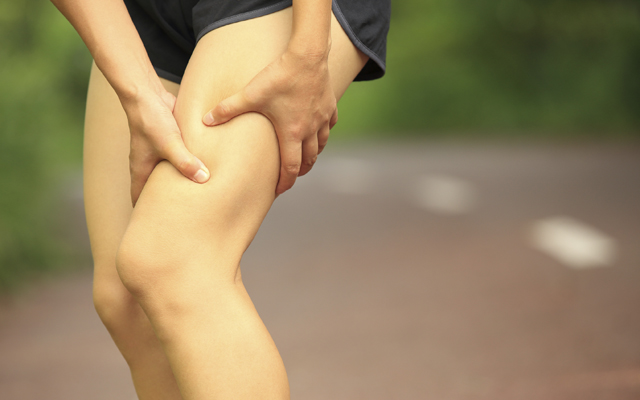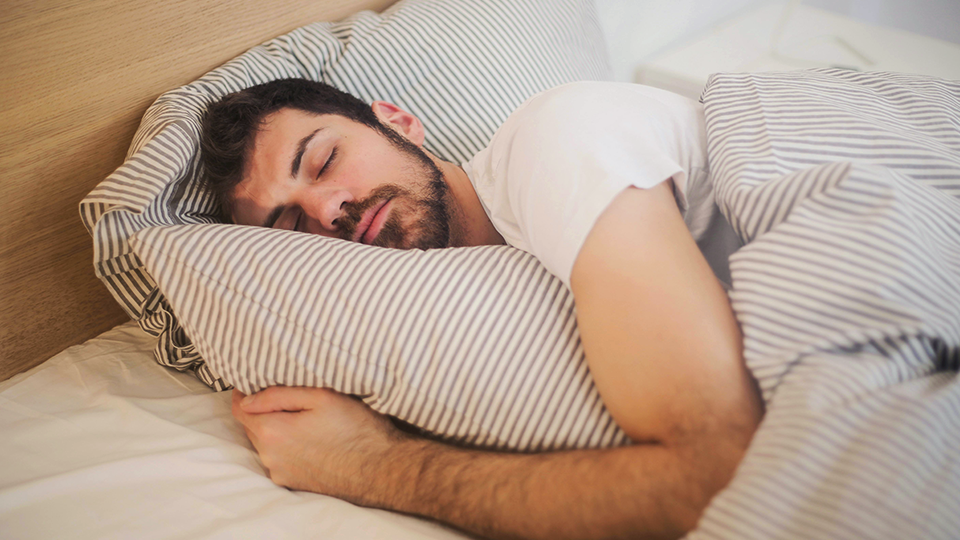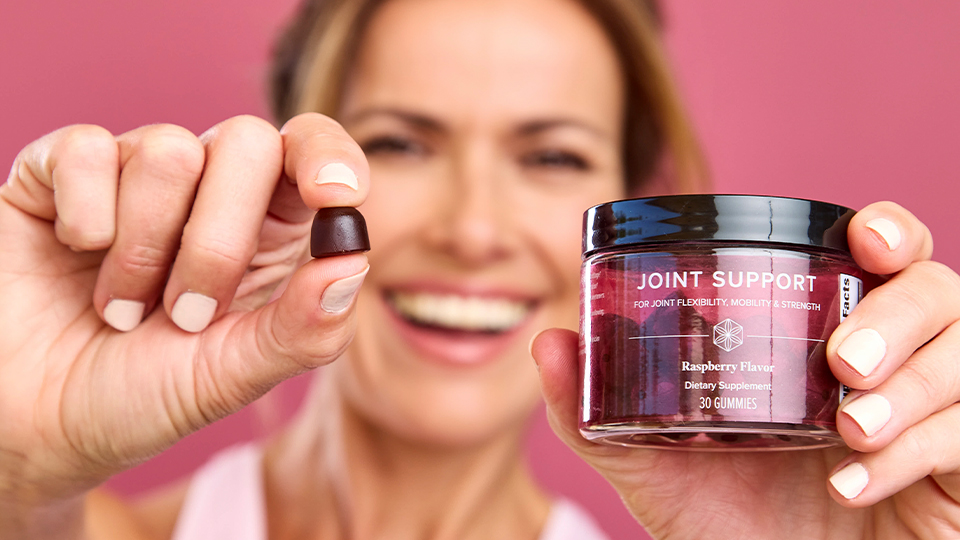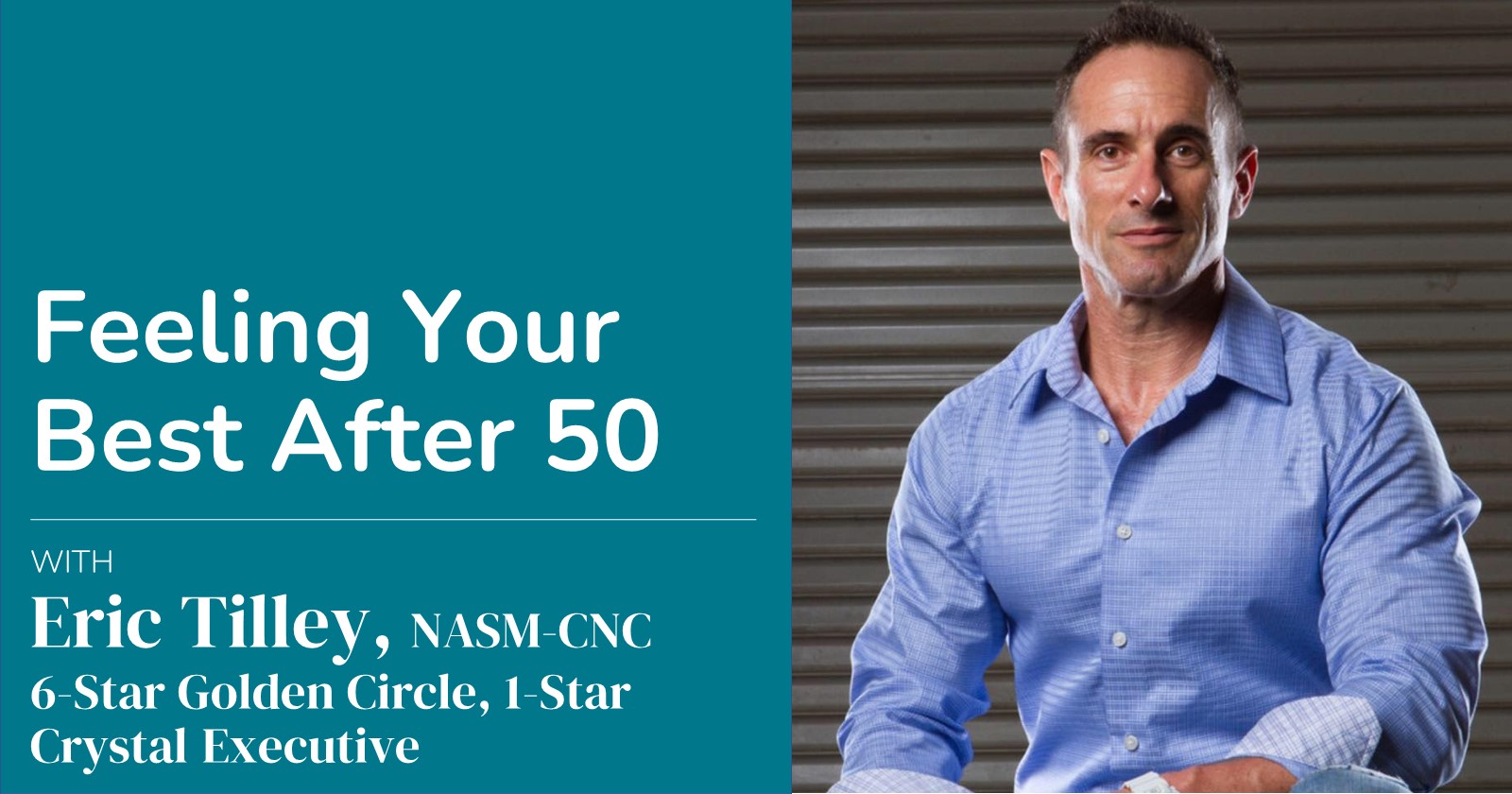Muscle soreness is a fact of life for any athlete. But through a better understanding of the underlying mechanisms for why it happens, a little knowledge promises to help mitigate (if not fully eliminate) some of the suffering. As evidenced by the scientific research, some of that can be achieved through movement and nutrition strategies.
All forms of exercise, if done at an intense enough level, can become painful. This can be particularly true immediately and 24 to 72 hours after exercise (1). The pain felt a day or two after exercise is termed Delayed Onset Muscle Soreness or DOMS and generally is manifested as pain or stiffness in the areas you’ve worked. It’s caused most often by “eccentric” movements. For example, when doing a bicep curl, lowering the weight back to the start position would be an eccentric muscle action. While moving the weight upward would be a concentric muscle action. Exercise scientists generally agree that the most soreness is caused by the eccentric portion of exercise (2).
Many call this process “tearing down the muscle” so it can rebuild and become stronger. But that’s misleading—tearing or breaking down muscle would cause injury. What is occurring is cellular damage and inflammation in the muscle. The entire mechanism is actually not completely understood but there are some compelling theories.
One theory explains small ruptures occurring on a microscopic level at the “Z-line” in the muscle cell’s contracting unit called the sarcomere (1). The soreness has been attributed to the increased tension force and muscle lengthening from eccentric exercise (3). The protein in muscle separates slightly prior to relaxation, causing greater tension on the remaining muscle fibers (3). It leads to an increased risk of broadening, smearing, and damage to the sarcomere. When micro-trauma occurs, pain receptors within muscle and connective tissues are stimulated and cause the sensation of pain (4).
Another explanation is termed the “enzyme efflux” theory. Following micro-trauma, calcium that is normally stored in the cell accumulates in the damaged muscles. Cellular energy production stops and the energy needed to transport the calcium slows. All this calcium may activate enzymes that damage the protein in muscle (5). And that causes inflammation and pain due to the accumulation of chemicals like histamines (4).
Although DOMS is a symptom associated with muscle damage, the level of pain is not an accurate representation of muscle damage (2). Soreness is temporary and is greater in those that have less experience with exercise. It can cause decreased muscle strength, reduced range of motion, and muscle swelling but soreness is not the cause of reduced muscle function.
Initiation tells us that soreness might serve as a warning to reduce muscle activity to prevent injury. Interestingly more activity temporarily alleviates the soreness, even though it causes more pain at first. Continued use of the sore muscle also has no adverse effect on recovery from soreness and does not exacerbate muscle damage (6). So it’s unlikely that soreness is in fact a warning sign not to use the affected muscle (6).
DOMS can be reduced or prevented by slowly bringing up the intensity of a new exercise program, while stretching or warming up the muscles does not appear to prevent soreness (7). In fact, overstretching can by itself cause soreness. Proper nutrition to manage electrolytes, glycogen before and after and consuming a highly absorbable protein like whey seem to be the best ways to ease soreness over time (6).
References
- Armstrong RB. Mechanisms of exercise-induced delayed onset
muscular soreness: a brief review. Medicine and science in sports and exercise 1984;16:529-38. - Proske U, Morgan DL. Muscle damage from eccentric exercise: mechanism, mechanical signs, adaptation and clinical applications. The Journal of physiology 2001;537:333-45.
- Gulick DT, Kimura IF, Sitler M, Paolone A, Kelly IV JD. Various treatment techniques on signs and symptoms of delayed onset muscle soreness. Journal of athletic training 1996;31:145.
- Cheung K, Hume PA, Maxwell L. Delayed onset muscle soreness. Sports Medicine 2003;33:145-64.
- Stauber WT. Eccentric action of muscles: physiology, injury, and adaptation. Exercise and sport sciences reviews 1988;17:157-85.
- Connolly DA, SAYERS SE, McHugh MP. Treatment and prevention of delayed onset muscle soreness. The Journal of Strength & Conditioning Research 2003;17:197-208.
- High DM, Howley ET, Franks BD. The effects of static stretching and warm-up on prevention of delayed-onset muscle soreness. Research quarterly for exercise and sport 1989;60:357-61.





